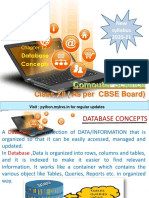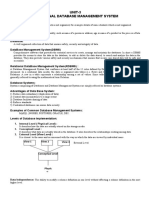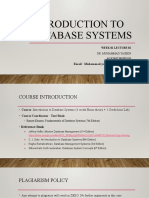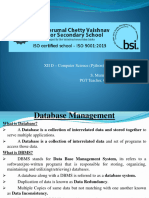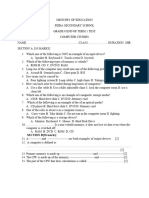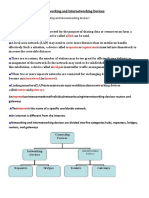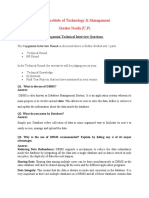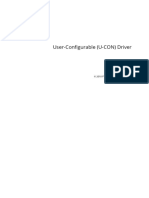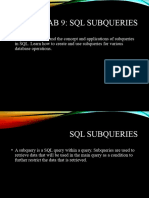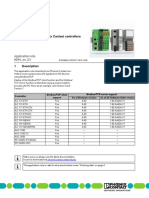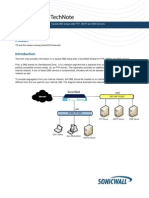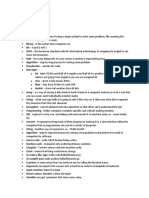0% found this document useful (0 votes)
6 views22 pagesDatabase Management Study Material
The document outlines the syllabus for a database management course, covering key concepts such as the relational data model, structured query language (SQL), and the interface of Python with SQL databases. It explains the purpose of a Database Management System (DBMS) in addressing issues like data redundancy and inconsistency. Additionally, it details the properties of relations in the relational data model, emphasizing the organization of data into tables with distinct rows and columns.
Uploaded by
koushiknandanrCopyright
© © All Rights Reserved
We take content rights seriously. If you suspect this is your content, claim it here.
Available Formats
Download as PDF, TXT or read online on Scribd
0% found this document useful (0 votes)
6 views22 pagesDatabase Management Study Material
The document outlines the syllabus for a database management course, covering key concepts such as the relational data model, structured query language (SQL), and the interface of Python with SQL databases. It explains the purpose of a Database Management System (DBMS) in addressing issues like data redundancy and inconsistency. Additionally, it details the properties of relations in the relational data model, emphasizing the organization of data into tables with distinct rows and columns.
Uploaded by
koushiknandanrCopyright
© © All Rights Reserved
We take content rights seriously. If you suspect this is your content, claim it here.
Available Formats
Download as PDF, TXT or read online on Scribd
/ 22



















